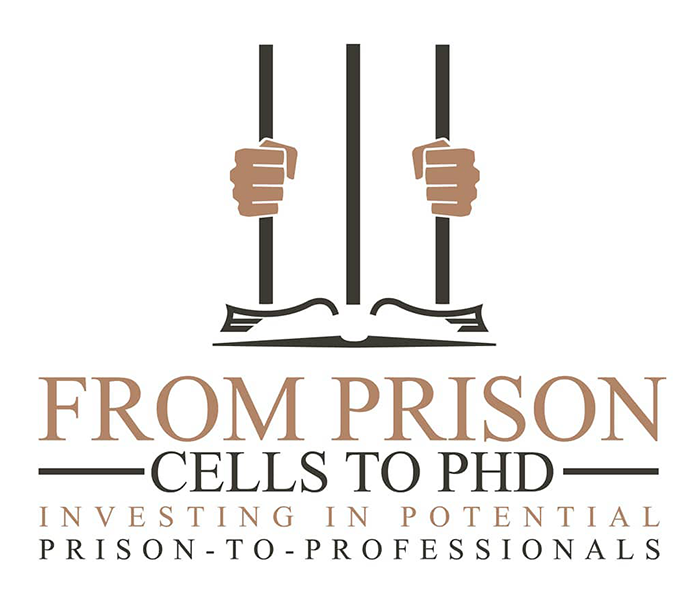How Youth Can Help During Incarceration and Reentry

Author: Talia Proshan, Senior at Ethical Culture Fieldston School, Intern at From Prisons Cells to PhD & Womxn’s Cohort Light to Life
NOTE: While this blog post describes how youth can support those who are justice impacted, STEM-OPS acknowledges that the areas of support discussed—providing access to STEM education, teaching coding, penpal writing, etc.—are all the responsibilities of our local and federal government and other adults working in the private and nonprofit sectors to provide. That said, there are some youth who will have more direct opportunities to support people who are justice impacted; this support should always be carried out with the oversight of their families and/or other caring adults.
####
Incarcerated individuals are largely isolated from the world and fall behind on technological innovations. Youth can become pen-pals with incarcerated individuals and keep them informed on what is going on in the world of STEM. Further, studies have shown that incarcerated people who have contact and personal connections with the outside world are much less likely to return to prison after their release than those who do not have these important relationships.
Post release, reentry into society is no easy task. Individuals are given very little support from the prisons that release them. As youth, we often have more time than our adult counterparts. Time, paired with energy and passion for disseminating the resources those on the outside possess, allows youth to aid in supporting the reentry of formerly incarcerated people.
For example, we can code websites and apps for formerly incarcerated people’s new businesses. We can help teach formerly incarcerated individuals how to code if they did not get the chance to learn during incarceration. We can gather and analyze data about the carceral system, highlighting issues within it using information found. We can send out online surveys to gauge how much students at our schools know about these issues, and how they feel about them. This information can be spread, and we can push this movement forward in communities. We can also help nonprofits research grants to fund programs that support these causes, and even help with filling out the grants.
We can use our youth to play key roles in helping individuals during and post incarceration.
____
Please take 1 minute to fill out this survey about how this blog post may have influenced you or helped you learn new information. Your response will help STEM-OPS learn about our shared impact on messages about people impacted by incarceration and help us improve our approach to changing societal narratives.






